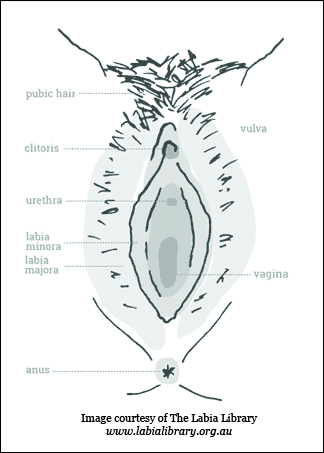

For starters, belly button shape changes as a person ages, so if you’re relatively young, there’s a good chance that you’ll end up with a different belly button eventually. With that said, we wouldn’t recommend any surgery to transform an outie to an innie or to change the shape of a belly button to meet cultural norms. Unsurprisingly, women made up the vast majority of the patients, and the goal of most surgeries was to turn outies into innies. The American Society of Plastic Surgeons reports that more than 8,000 umbilicoplasties were performed between 20. Strangely enough, umbilicoplasty-plastic surgery to change the appearance of the navel-is becoming more and more popular, likely due to the popularity of clothing that shows off the midriff.

If you hate your belly button, you can always opt for surgery. Still, the belly button can change shape slightly as the child becomes an adult. Past age 5 or so, there’s little chance of an umbilical hernia closing or popping out. More rarely, an innie can become an outie if the child has an undiagnosed umbilical hernia that pops out as the child ages.

This occurs when the umbilical hernia corrects itself. However, this doesn’t mean that your belly button shape stays the same through life an article from Le Bonheur Children’s Hospital suggests that there’s a 90 percent chance that an outie will “close” on its own by the time a child turns 5. In either case, the outie usually isn’t dangerous.īecause these types of minor complications are rare, at least 90 percent of people have innies at birth, while a small minority have outies. Most people with outies have a small umbilical hernia at birth, although small infections can also prompt an outie to form. The shape and size of a belly button has nothing to do with where the umbilical cord is severed.ĭoctors can’t really make an outie belly button. When the doctor or midwife severs the umbilical cord after the baby’s birth, the cord loses its blood supply and eventually falls off, leaving behind the belly button. The belly button is where a baby’s umbilical cord is attached. So, what determines whether you fall into that select group of outies?įirst, it’s helpful to know what the belly button is (although you can skip to the next subheading if you already know this part). The outie does.Ĭhances are pretty good that you have an innie in one study from North Carolina State University, 96 percent of participants had innies, although this relied on a survey (so scientists didn’t actually check to make sure that participants were telling the truth). Still, you probably know whether you’ve got an “innie” or an “outie.”Īn innie, of course, is a belly button that doesn’t extend past the plane of your stomach. You probably don’t spend much time thinking about your navel, and from a medical perspective, it’s not too crucial to your overall health.


 0 kommentar(er)
0 kommentar(er)
